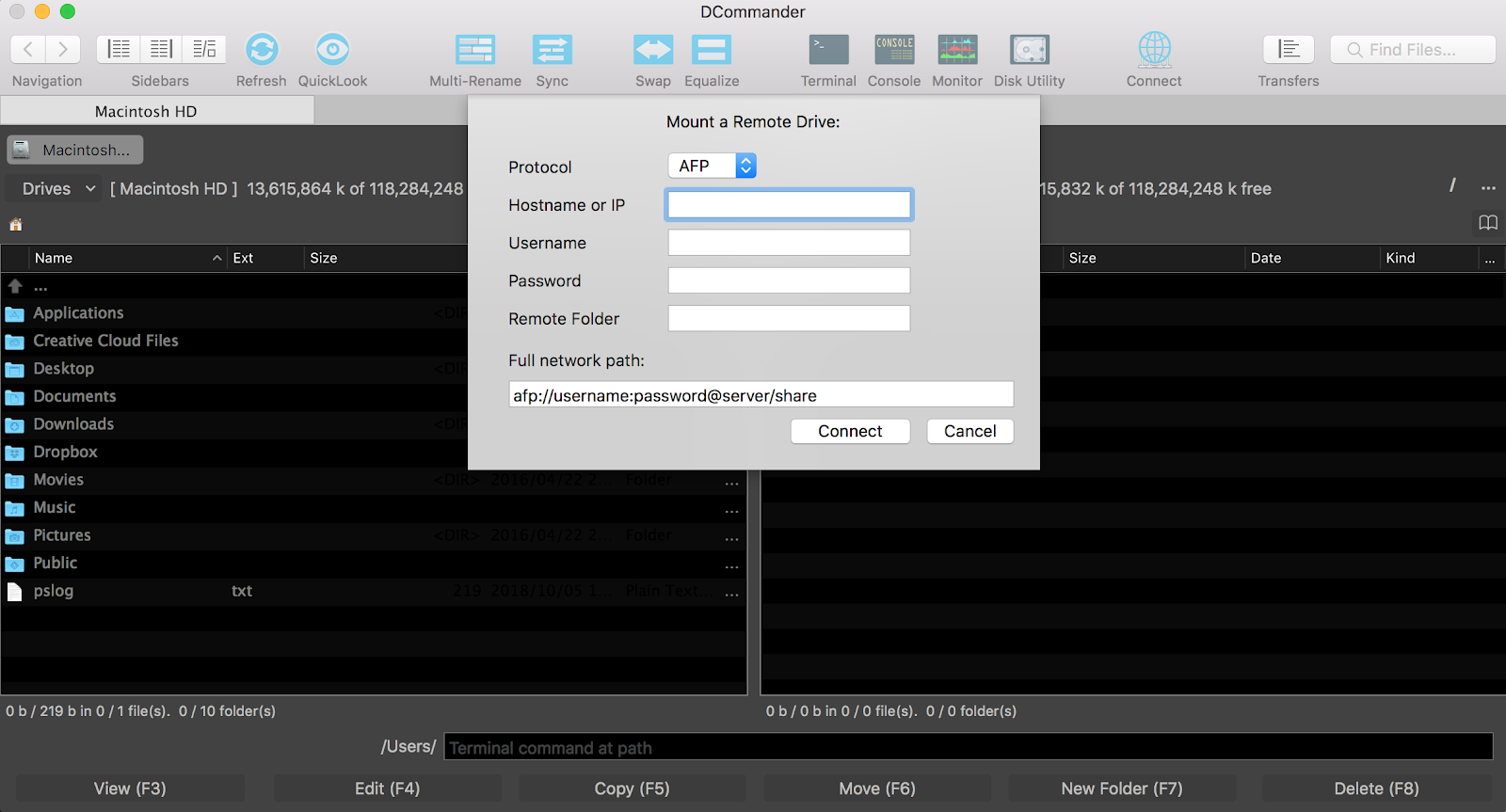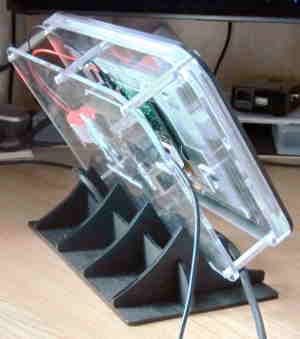
Apr 12, 2019 A networked drive can range from a specialized appliance that offers data redundant storage such as a Synology Diskstation to a lone PC that has a shared folder visible on the network. If you plan on running your application off of files on a networked drive, you'll be limited to the bandwidth of the networked device. I prefer this version for quick connections in my local network, there all users are known, so this is a simpler command then using mountsmbfs - where i actually had problems concerning non existent paths - whereas if i would need to connect to some new server with special filesystem, or i would need to try another user or wanted different mount point - ok - but how often does this happen.
Sometimes OS X doesn’t want to let you eject a volume or an external drive. Sometimes this is because a program is using a file on the volume in question, but other times the volume just seems to be stuck! Fortunately, there’s an easy solution! We’ll show you two ways to force your Mac to let go!
Method 1
Mac Mount Network Drive Command Line
The easiest and safest way to force a volume to eject is to open a new Finder window, locate the drive or volume in the left-hand column, right-click or option-click the volume, and select Eject “[Volume Name]” in the drop down menu.

You may see a message like the one above, telling you that there may be a program using that volume. If you’re sure that’s not the case, then click “Force Eject…”, and Voila! That’s all there is to it!
Method 2
Mac Os Mount Network Drive Command Line Login
For those of you that prefer using Terminal, or would rather eject the drive with a single command, simply open Terminal, and type the following:
diskutil unmountDisk force /Volumes/DISK_NAME
Map Network Drive Mac Os
Just replace DISK_NAME with the name of the volume you want to eject, press enter, and you’re done!
I’ve found that the first method is much more successful – I’ve had the disk fail to unmount more than once using the Terminal command.
Mount Drive Mac Os

Macos Mount Network Drive Command Line
Note: Make sure you have closed all applications that may be using the volume you want to eject, and that the volume is not in use. Otherwise, you risk facing data corruption or even data loss! And, as always, use Terminal commands at your own risk!